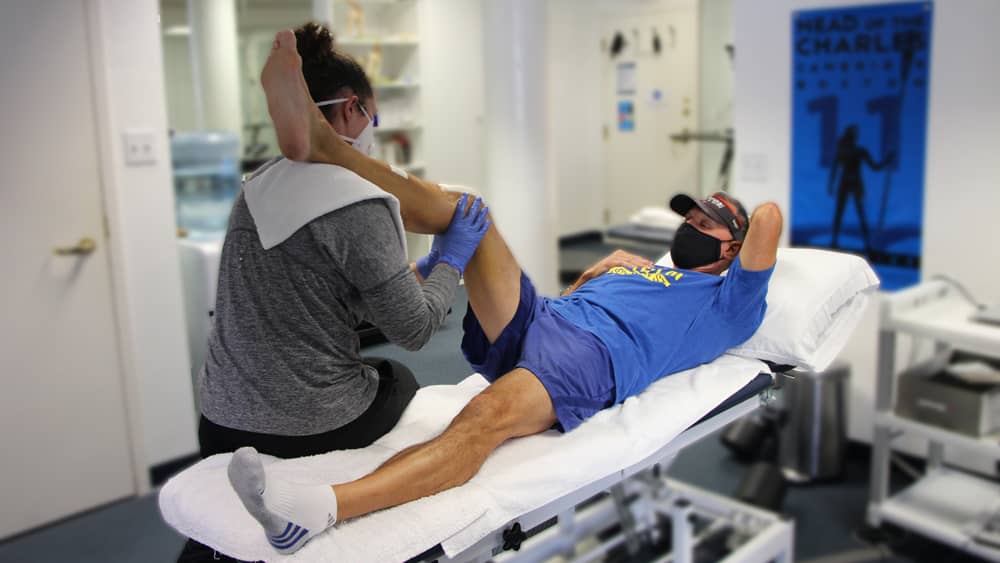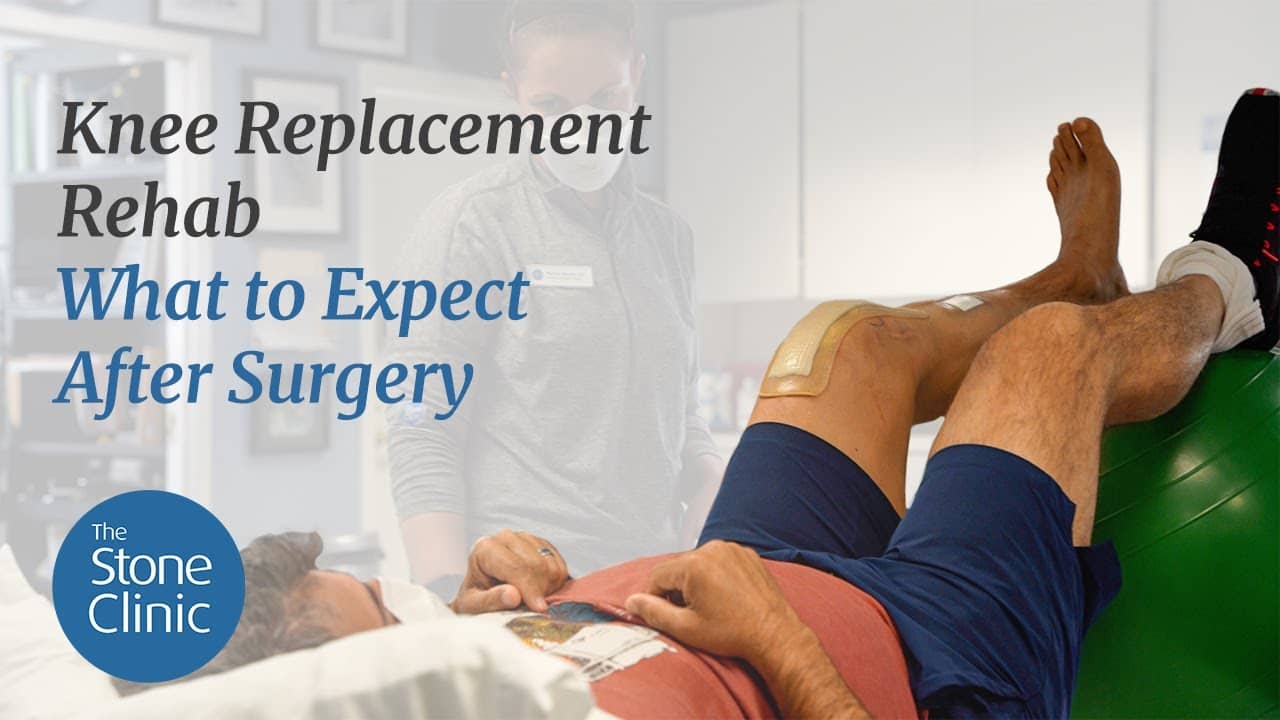Top Five Ways to Diminish Post-Op Knee Surgery Pain
Knee surgery hurts. The post-op pain causes not only muscle atrophy but often loss of range of motion with joint stiffness as well. The good news is that most of this pain is avoidable. Here is how.

- At the onset of knee surgery, ask your surgeon to deploy preemptive anesthesia using local nerve blocks. Injecting the knee liberally with long-acting nerve-numbing medications will ensure that you awaken without pain, and can often begin your range of motion exercises as early as in the recovery room.
- Use ice and elevation. Swelling slows recovery, partially because the distended tissues prevent the damaged collagen fibers from healing in the correct orientation. Thus, every trick to reduce swelling must be deployed. The best icing employs intermittent compression with a knee wrap. This effectively diminishes the swelling while the ice dampens the nerve fibers. When this is combined with elevation, the swelling resolves rapidly. The higher the elevation, the more gravity can assist. When possible, turn around in bed and put your foot up against the wall. Find a wedge pillow that is comfortable for leg elevation.
- Immediate physical therapy and exercise. Soft tissue massage, called effleurage in Europe, pushes the swelling from the lower leg north into the body. When stimulated by exercises designed to protect the injured and repaired tissues (while elevating the heart rate), blood circulation increases and carries away the swelling. Exercise after surgery for at least an hour a day. This will increase range of motion and heart rate, and elevate healthy endorphins, adrenaline, and pheromones. All of these circulate with exercise and improve your sense of well-being.
- Medications are specific to each individual. Our preferred initial drugs are a combination of Tylenol (acetaminophen) plus Toradol (ketorolac). They are great pain relievers, reduce swelling, and don’t make you woozy. If a narcotic is required, begin by trying the shortest-acting, lowest dose, as narcotics diminish muscle contraction, make people constipated, and generally feel awful. A significant percentage of our patients are using cannabinoid combinations of THC, CBD, CBN, and CBG to reduce stress and lower or eliminate their use of narcotics. While we do not prescribe these cannabinoids due to the lack of Federal approval, we do realize that patient self-medication is often a necessary part of recovery. These drugs have also replaced the traditional sleeping pills we used to prescribe.
- Waterproof dressings, shower bags, and other accommodations permit people to shower immediately after surgery, once they are stable enough to stand safely. This simple act makes people feel much better and is part of aiding a return to normalcy.
Surgery is hard on the body, and recovery is a challenge all its own. But there’s no need to prolong the pain and discomfort of post-op knee surgery when a few simple strategies can relieve pain and speed up healing. Take control of your recovery—your knee (and spirits) will be grateful for it.
Champion triathlete Scott Endsley explains the benefits he experienced from immediate post-op exercise and how it impacted his overall mental and physical well-being.
Book an Appointment with the StoneFit Rehab Team Here
In-person and virtual physical therapy sessions available


